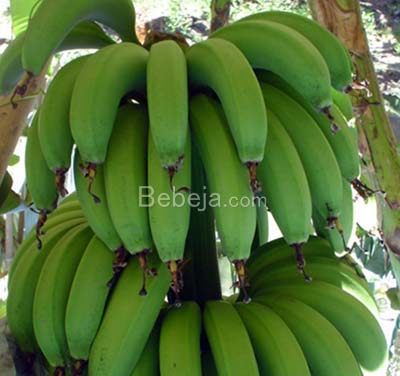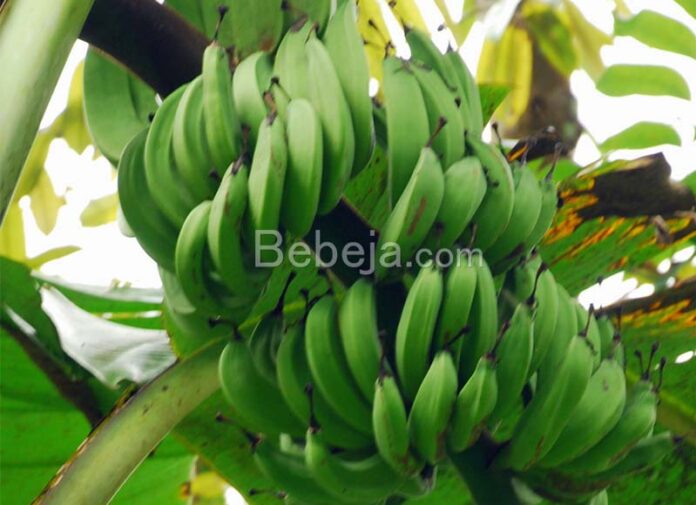Banana harvesting techniques should not be haphazard to obtain a quality crop. The best time to harvest bananas is during the day when the weather is sunny. Avoid harvesting during drizzly or rainy weather. This will minimize the risk of fruit rot during storage.
Harvesting is done when the fruit is old, although physically the fruit still looks greenish. The characteristics of old fruit can be seen by the drying of the flag leaf. The clusters also appear to be filled with ribs that are not visible. Note that each type of banana has a different harvest time, such as Cavendish bananas, which are harvested 11-12 weeks after packing.
Cutting banana bunches during harvest requires precision. Traditionally, banana cutting is done by piercing the banana stalk at a quarter or half of the height of the stalk so that the fruit bunches do not touch the ground when the stalk falls. After cutting the stalk, the bunches are immediately turned over so that the stalk is on the bottom and the fruit bunches are on the top. This prevents sap from dripping from the stalk onto the fruit.
Growers often lay the bunches flat to allow the sap to drip directly onto the ground. This is risky because the bottom fruit is crushed and the ends of the fruit are bruised.
 When transporting from the field to the warehouse, try to keep the bunches standing with the stems down. If possible, the bunches are placed in wooden crates. Another method is to slice the banana fruit to form a banana comb. This is done after the sap has run out, usually one day after harvesting.
When transporting from the field to the warehouse, try to keep the bunches standing with the stems down. If possible, the bunches are placed in wooden crates. Another method is to slice the banana fruit to form a banana comb. This is done after the sap has run out, usually one day after harvesting.
The combing is done from bottom to top. To do this, the banana bunches are held or hung upright, then a knife is used to cut the bottom banana comb and continue to the top. The banana combs are then placed in a tub of clean water with a 0.1% fungicide solution to prevent rot.
